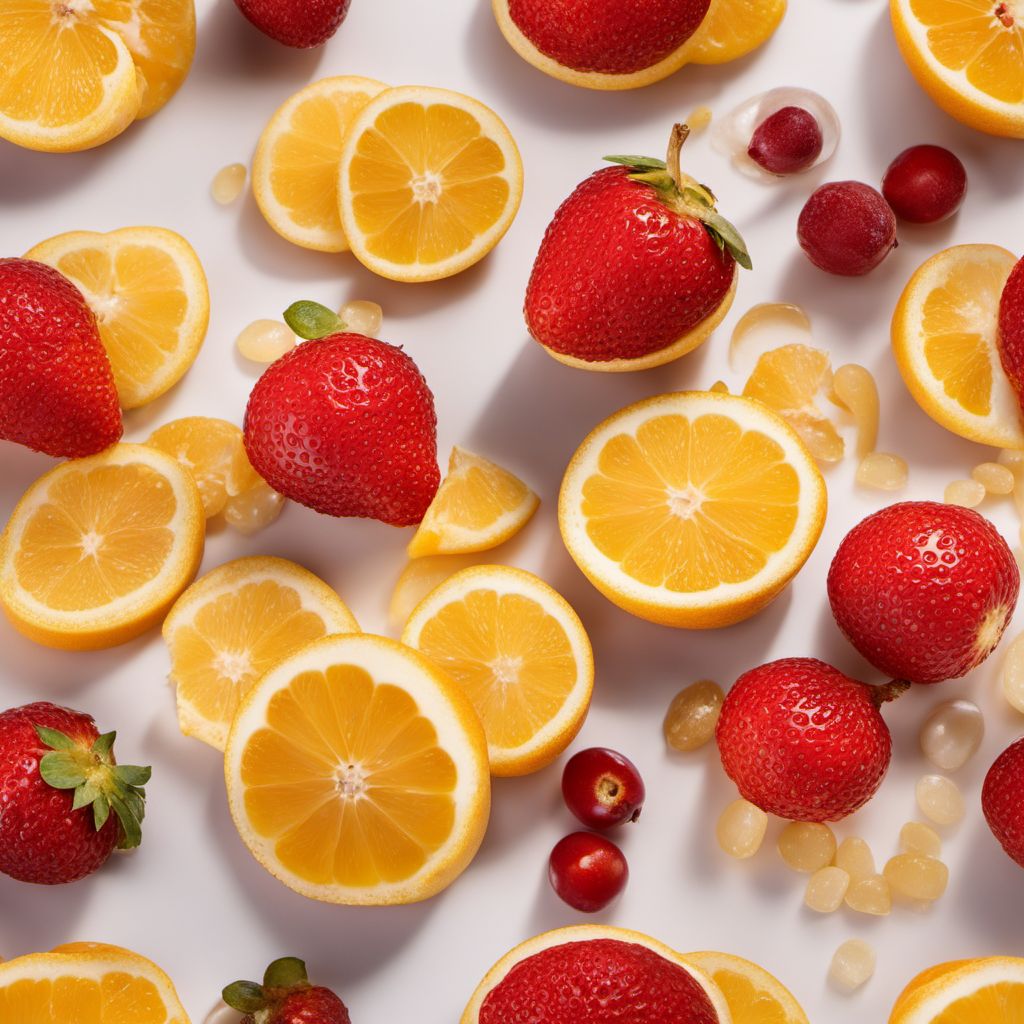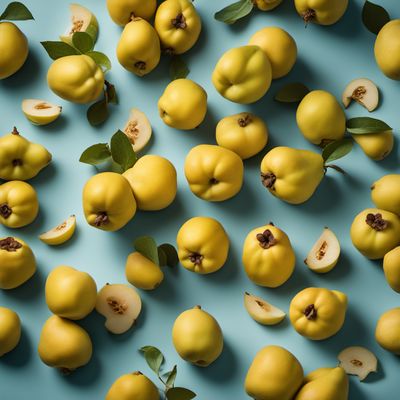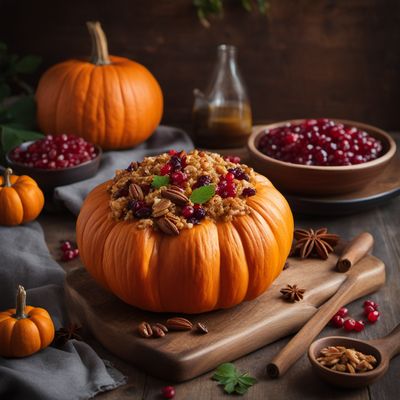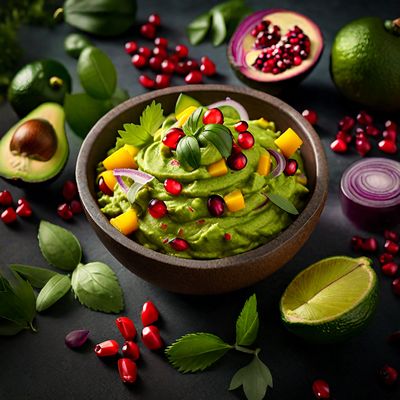
Ingredient
Pome fruits
The Versatile Orchard Delights
Pome fruits are characterized by their firm flesh, often with a slightly grainy texture, and their sweet-tart flavor profile. They come in a variety of colors, shapes, and sizes, ranging from the classic red and green apples to the elegant elongated shape of a pear. These fruits are widely cultivated around the world and have been enjoyed for centuries in various culinary traditions.
Origins and history
Pome fruits have a rich history dating back thousands of years. Apples, in particular, have been cultivated since ancient times and are mentioned in numerous mythologies and religious texts. Pears and quinces also have a long history of cultivation, with references to their use in ancient Greek and Roman cultures. Today, pome fruits are grown in many regions globally and are cherished for their culinary versatility and nutritional benefits.
Nutritional information
Pome fruits are a good source of dietary fiber, vitamins, and minerals. They are particularly rich in vitamin C and contain antioxidants that help protect against cellular damage. These fruits are also low in calories and fat, making them a healthy addition to a balanced diet.
Allergens
There are no known allergens associated specifically with pome fruits. However, individuals with known allergies to apples or pears should exercise caution when consuming these fruits.
How to select
When selecting pome fruits, choose ones that are firm and free from bruises or blemishes. The skin should be smooth and vibrant in color, indicating ripeness. For apples, a slight give when gently pressed near the stem is a good indicator of ripeness. Pears, on the other hand, should be slightly soft at the base when ripe.
Storage recommendations
To maintain the freshness of pome fruits, store them in the refrigerator, preferably in a perforated plastic bag to allow for air circulation. Apples can be stored for several weeks, while pears are best consumed within a week or two. Quinces, on the other hand, can be stored at room temperature for a few weeks.
How to produce
Growing pome fruits requires specific conditions and expertise. However, amateur gardeners can successfully grow dwarf varieties of apple and pear trees in containers or small gardens. These trees require well-drained soil, regular watering, and proper pruning to ensure healthy growth and fruit production.
Preparation tips
Pome fruits can be enjoyed in a variety of ways. They can be eaten fresh as a healthy snack, sliced and added to salads, or used as a topping for oatmeal or yogurt. They are also commonly used in baking, where they add natural sweetness and moisture to pies, tarts, and cakes. Additionally, pome fruits can be transformed into flavorful jams, jellies, and chutneys.
Substitutions
There are no direct substitutions for pome fruits due to their unique flavor and texture. However, other fruits with a similar sweet-tart profile, such as stone fruits or berries, can be used as alternatives in certain recipes.
Culinary uses
Pome fruits are widely used in both sweet and savory dishes. They are commonly found in pies, tarts, and crumbles, as well as in salads, roasted meats, and savory sauces. Their versatility allows them to be incorporated into various cuisines around the world.
Availability
Pome fruits are cultivated in many regions globally, including North America, Europe, and parts of Asia. They are commonly available in grocery stores, supermarkets, and farmers markets throughout the year.
More ingredients from this category

Other Pome fruits
The Versatile Pomaceous Delights

Apples and similar-
The Versatile Fruit: Apples and Their Kin

Medlars and similar-
Rediscovering Ancient Fruits: The Unique Charm of Medlars and Similar Fruits

Loquats and similar-
The Golden Gems: Loquats and Similar Fruits

Pears and similar-
The Versatile Fruit: Pears and Their Kin

Quinces and similar-
The Golden Apple: Quinces and Their Kin
Recipes using Pome fruits

Georgian-style Chicken Liver Pâté Canapés
Savory Georgian Delight: Chicken Liver Pâté Canapés

Armenian Stuffed Pumpkin - A Festive Delight
Autumn's Bounty: A Flavorful Armenian Stuffed Pumpkin Recipe

Guacamole with a Twist
Avocado Delight: Nouvelle Guacamole

Paraguayan Pommerac Chow
Exotic Paraguayan Pommerac Delight

Arroz com Pequi (Brazilian Pequi Rice)
Savory Delight: Brazilian Pequi Rice - A Burst of Flavors from Brazil

Qatari-inspired Smoked Salmon Canapés
Savory Delights: Qatari-inspired Smoked Salmon Canapés

Egyptian Spiced Roasted Eggplant with Pomegranate
Savor the Flavors of Egypt: Spiced Roasted Eggplant Delight